Perhaps human beings will always need contrasts to appreciate the fullness of life: Light and dark, holy and defiled, life and death. Perhaps that is why we characterize knowing something thoroughly as knowing it “inside out.”
The brilliant film Inside Out, which after many watchings I know “inside out”, portrays the inner workings of our emotions. The emotions of sadness (portrayed by an empathic turtle neck wearing blue-colored girl) and joy (portrayed by an exuberant summery dress clad flesh-colored girl) come together, holding hands in their understanding of embracing sadness, perhaps with a message that sadness is not only an essential part of life, it is what brings us to joy as well.
The film, as sophisticated as it is for children and adults is complicit with logocentrism—the privileging of one opposite in favor of the other; in this case joy more than sadness. Joy is the central character—she is the only flesh-colored character—letting us know that she is the central and more privileged of the human emotions. The writer of Inside Out, Pete Docter, though had a moment of insight that led to changing the ending of the film.
“We had done all this research showing the job of each individual emotion — fear keeps you safe, it deals with uncertainty; anger is about fairness, if it feels that you’re getting ripped off or taken advantage of, that’s when anger comes up; sadness deals with loss — and suddenly I had this new revelation, it felt like to me, that those are all true but the real deeper reason we have emotions is to connect us together and that felt big to me.”
My 4 year old daughter explained it this way as she joined her hands together to demonstrate togetherness: “Yeh, sadness connects us and makes us feel happy.”
To peel away another layer of not getting caught up in logocentrism is to unlearn that sadness disconnects us from others and ourselves—quite the opposite—inside out—it can connect us. Perhaps that is why we cry tears of sorrow and tears of joy—not to wash away the feeling or drown in it but to experience the depth of empathy—for ourselves and others.

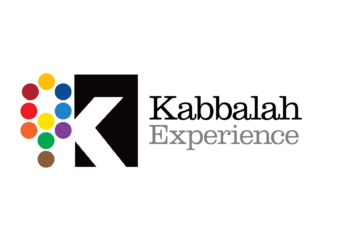
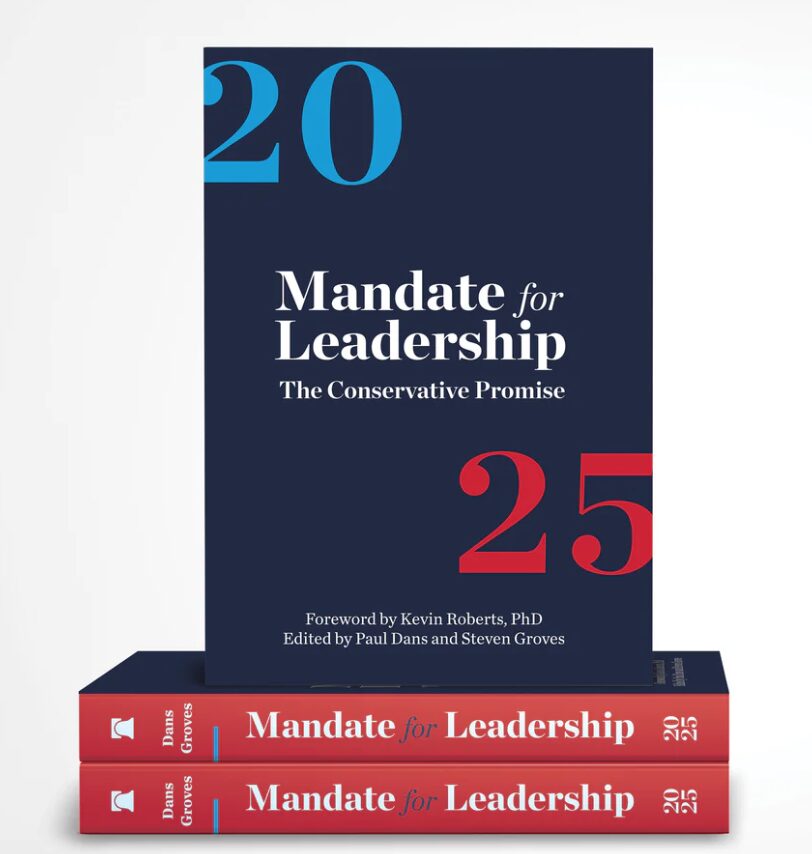
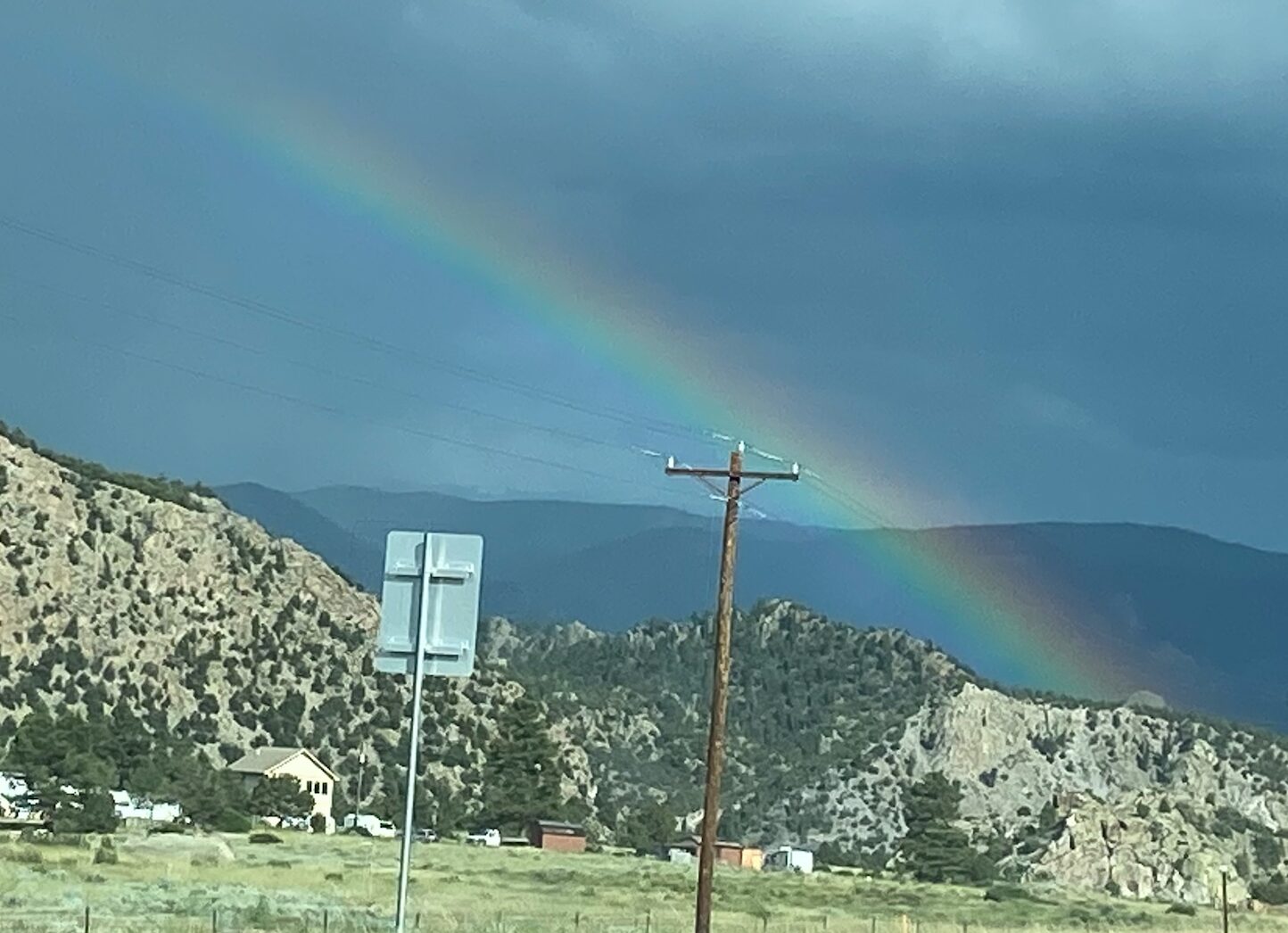
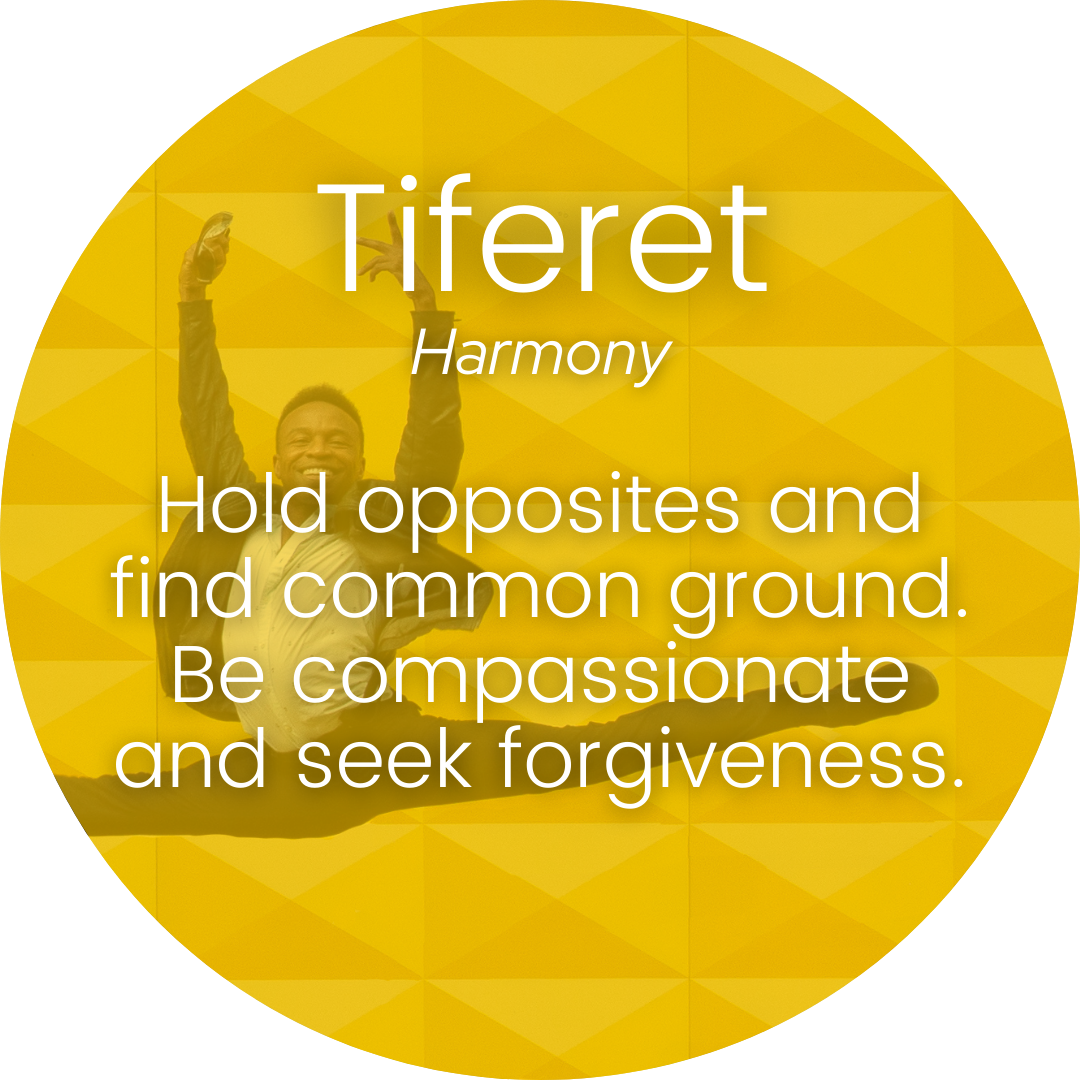
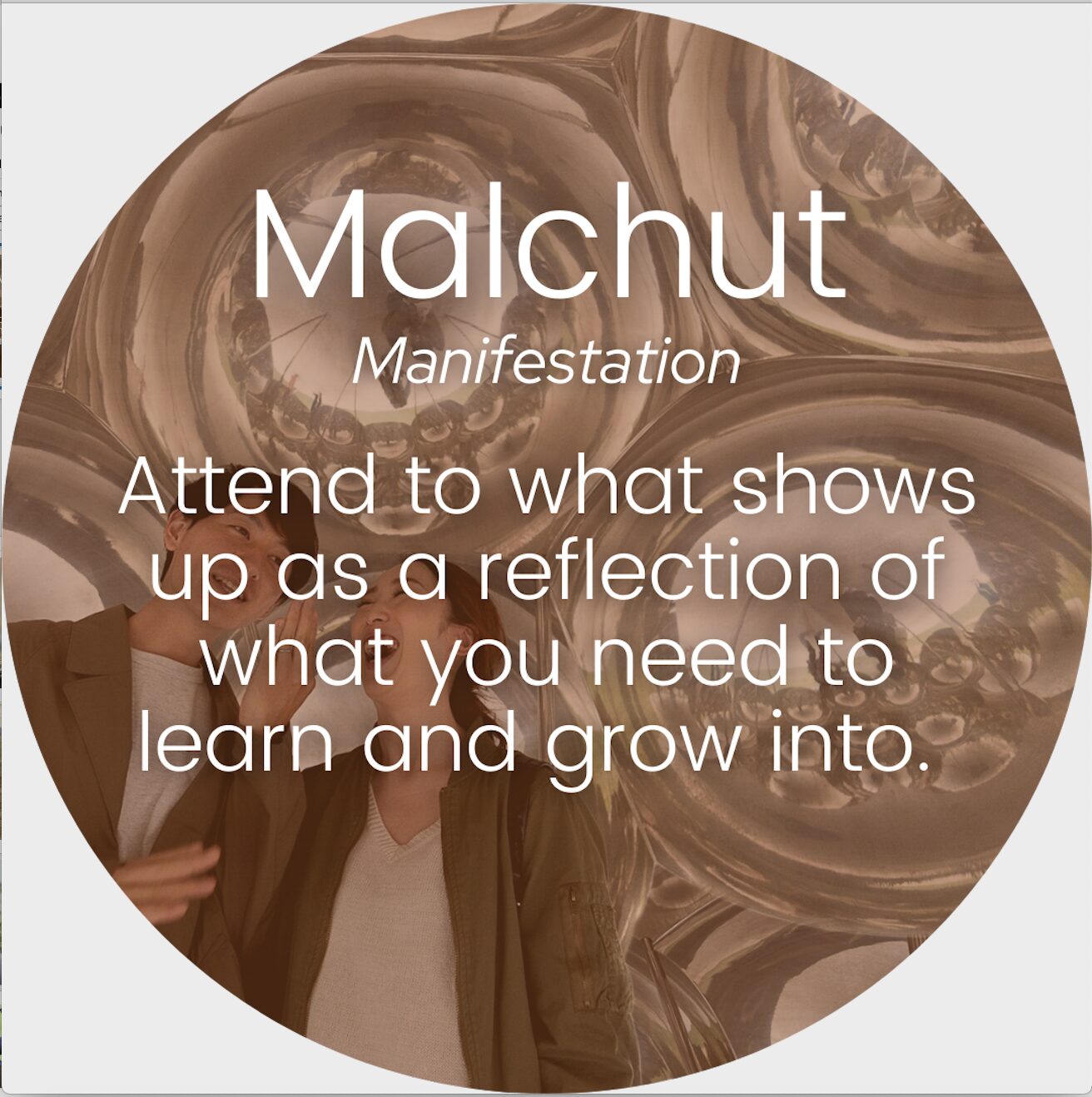
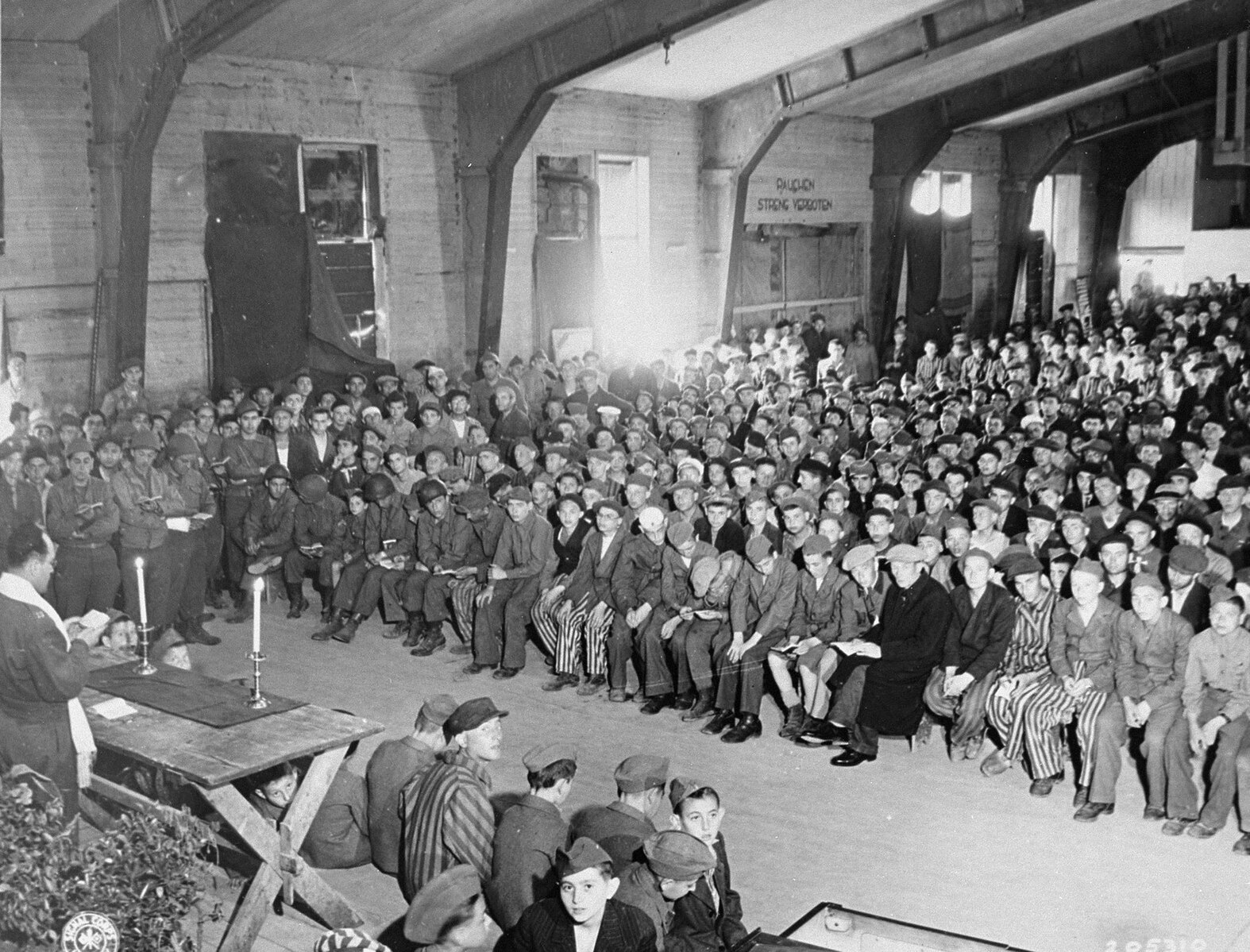


2 Comments
Corinne Brown · May 5, 2016 at 7:57 pm
Excellent commentary.
louann miller · May 5, 2016 at 8:23 pm
We appreciate the sunshine the last two days–so much more because of the previous days of cold, rain, and snow.